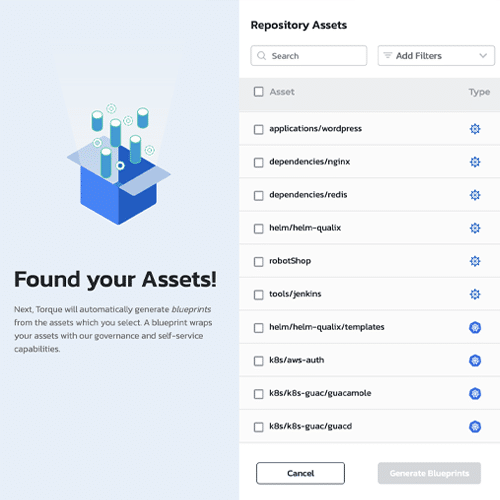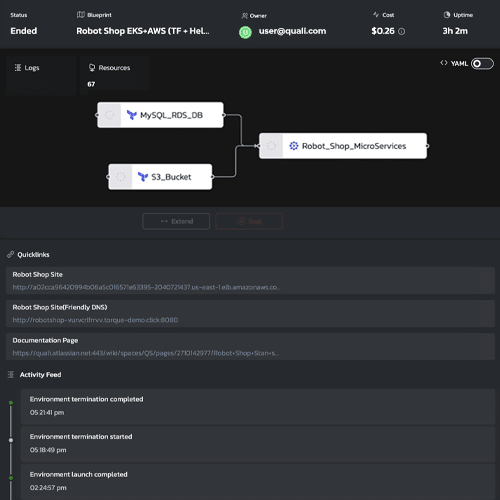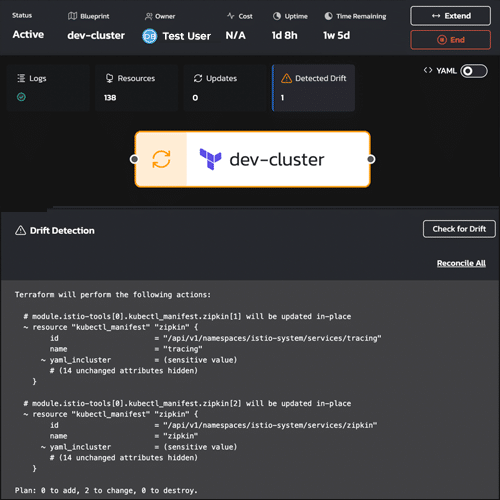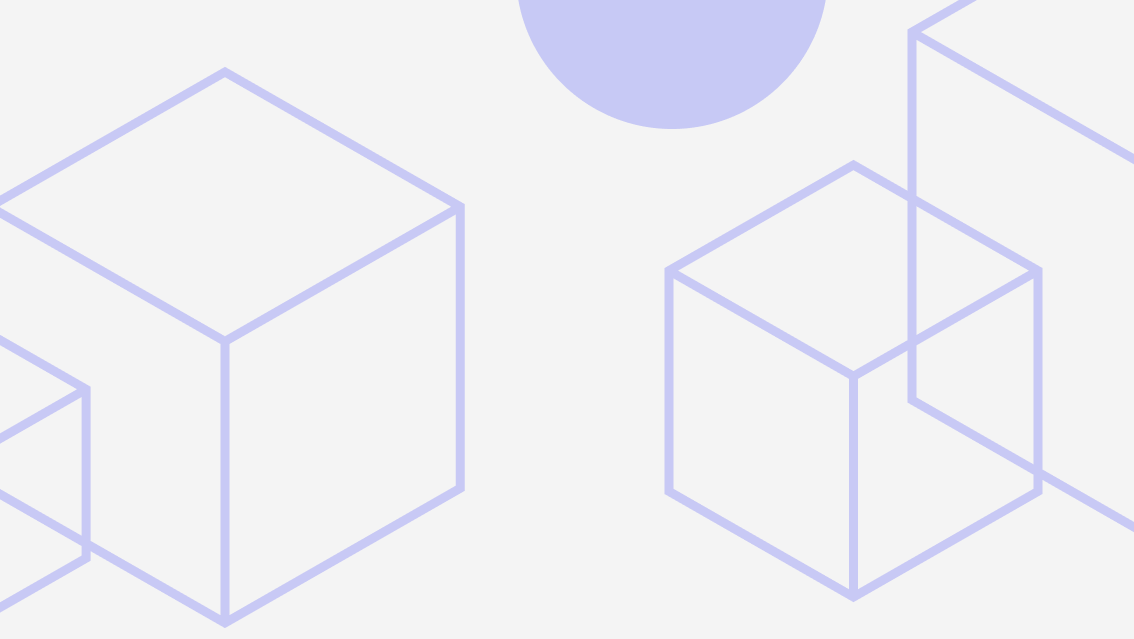As engineering and technology teams see their Kubernetes Helm environments grow in volume and complexity, ensuring consistency and compliance becomes a significant challenge.
Configuration drift—or the unintentional deviation of configurations from their desired states—can lead to operational issues, security vulnerabilities, and application failures.
In this article, we’ll show how our users automate configuration drift detection for the Kubernetes and Helm resources defined in their Git repositories and deployed in their application environments.
Understanding Configuration Drift
Configuration drift occurs when the actual configuration settings of Kubernetes clusters or Helm releases deviate from the desired configuration defined in your infrastructure-as-code templates or charts.
Drift can result from manual changes, unauthorized modifications, or unnoticed inconsistencies introduced during the deployment process. When unnoticed, configuration drift can lead to service disruptions, performance degradation, lapses in regulatory compliance, and heightened security risk.
Importance of Configuration Drift Detection
Configuration drift in your Kubernetes and Helm resources can impact the stability and reliability of your Kubernetes clusters and Helm releases. By continuously monitoring and detecting configuration drift, you can allow for timely intervention to rectify these deviations early, reducing the risk of downtime and improving the overall health of your applications.
The same goes for security posture. Configuration drift can introduce security vulnerabilities, such as misconfigured access controls or outdated software versions. Detecting drift enables you to identify and correct these issues before they’ve been exploited.
Compliance with industry standards, regulations, and internal policies is critical. Drift detection helps you ensure that your Kubernetes and Helm configurations align with the desired compliance guidelines, avoiding potential penalties and reputational damage.
Automating Configuration Drift Detection for Kubernetes and Helm
Our users automate drift detection for Kubernetes and Helm by orchestrating application environments via Quali Torque.
As a cloud control plane platform, Quali Torque connects directly to the Git repository, discovers the infrastructure defined in the Infrastructure as Code, Kubernetes, and Helm resources within that repository, and automatically orchestrates new YAML files defining the services, dependencies, and outputs needed to support specific use cases.

This normalizes the infrastructure so the user can build reusable definitions of an environment consisting of multiple cloud and containerized services, regardless of the cloud platforms or IaC tools used to define them.

Once defined, developers can use that YAML to deploy that application environment repeatedly. This is accessible directly within Quali Torque’s self-service catalog, but also via integrations within CI/CD tools and Integrated Developer Platforms.
Learn more about Developer Self-Service with Quali Torque
As the control plane orchestrating and deploying the Kubernetes and Helm resources, Quali Torque automatically monitors for configuration drift detection.
When configuration drift occurs in a Kubernetes or Helm configuration, Quali Torque will notify the owners and collaborators on the environment, provide a snapshot detailing the changes that occurred, and allow them to reconcile the changes directly within the platform.

Torque also monitors for changes made to the IaC, Kubernetes, or Helm file defining that infrastructure and triggers similar notifications to administrators.
If needed, administrators can update the Kubernetes or Helm configurations at the YAML level without making any code changes.
Configuration drift detection has long been a top priority for our users that rely on Kubernetes and Helm. By automating detection and simplifying how you deliver and manage infrastructure, you can proactively address configuration drift issues, maintain stability, and enhance the overall performance of your Kubernetes and Helm deployments.
To learn more, watch a demo of Quali Torque.

